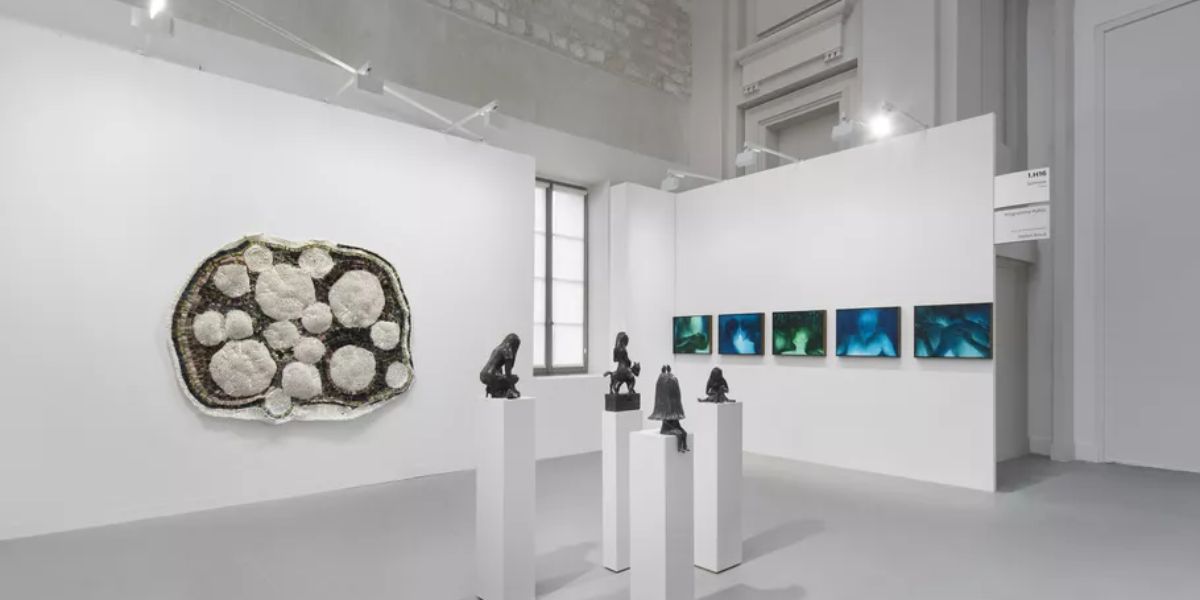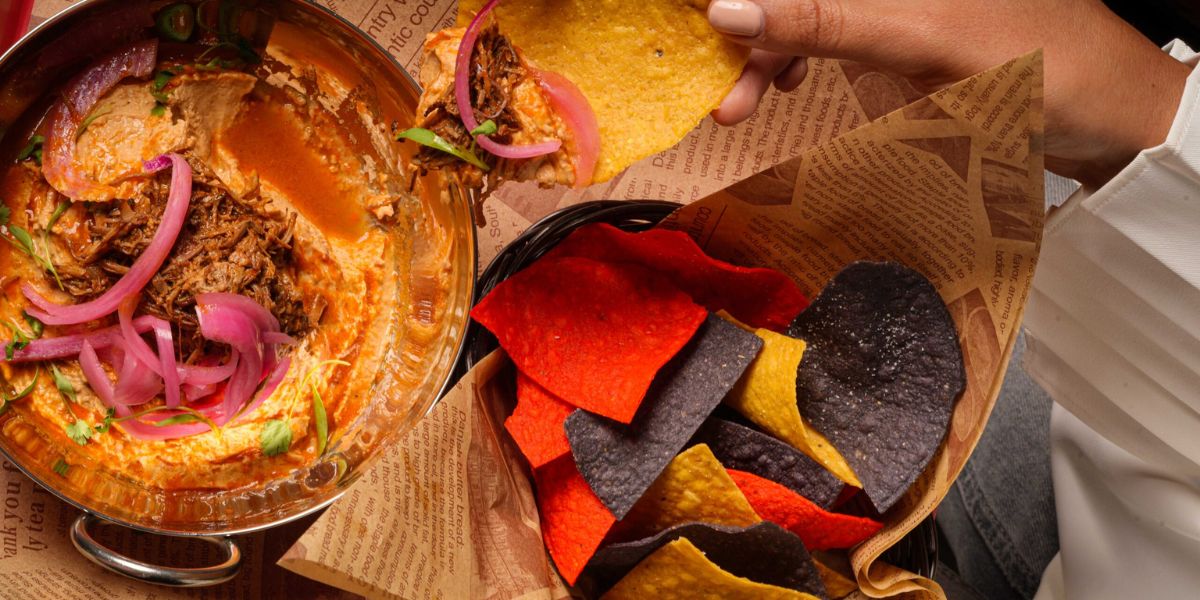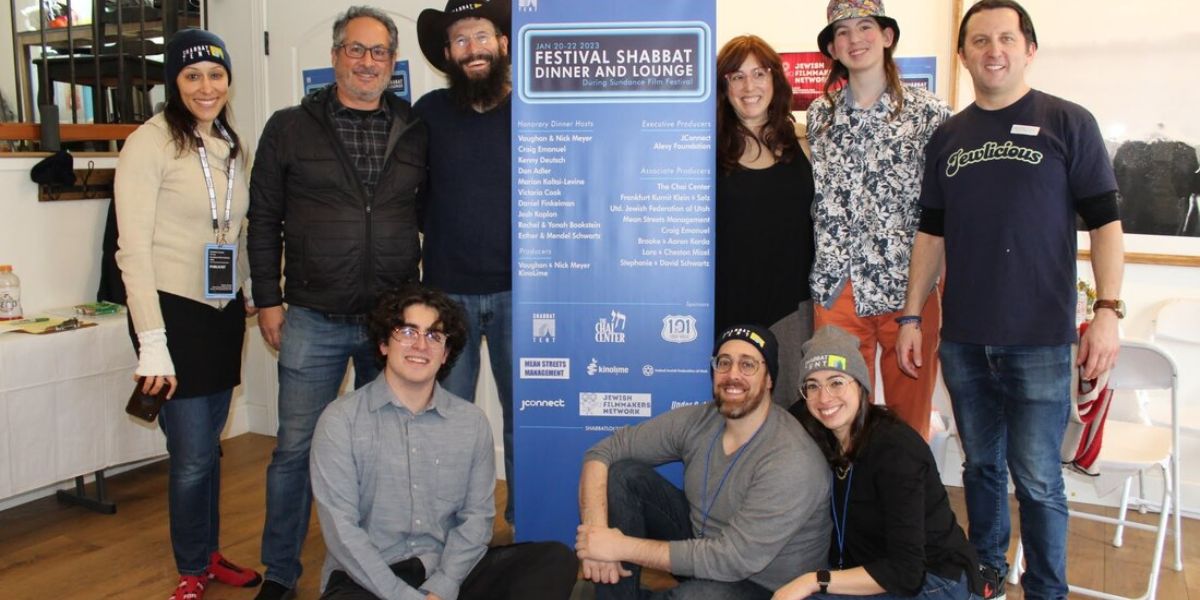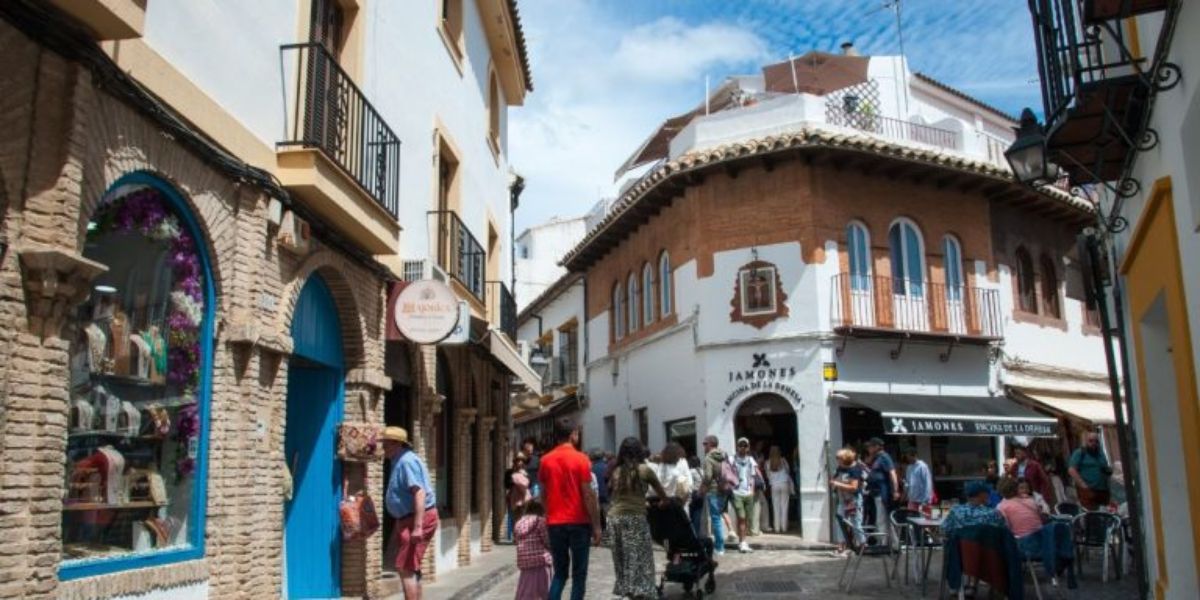In the heart of Asia’s most dynamic cities, a new generation of Jewish artists is redefining what it means to blend heritage with modern design. They are using architecture, digital media, textiles, and installation art not only to express faith but to preserve Jewish identity in places far from traditional centers of Jewish culture. Their work bridges memory and modernity, connecting global audiences with a story thousands of years old.
A Creative Renaissance Across Asia
Across Hong Kong, Singapore, and Shanghai, Jewish artists are finding creative ways to bring their cultural roots into conversation with contemporary life. These artists, many raised between multiple cultures, are reshaping visual narratives to show that Jewish identity can evolve without losing its essence.
Table of Contents
One example is Leah Abramov, a Hong Kong-based visual artist whose minimalist sculptures reinterpret Hebrew letters through metal and glass. “I wanted to make something that speaks to my grandparents’ history while still feeling like part of the city I live in,” she says. Her work reflects the duality faced by many diaspora Jews in Asia—how to honor ancient traditions while thriving in modern, globalized settings.
Blending Tradition with Technology
Modern design has become a canvas for Jewish storytelling. Artists are now using 3D printing, augmented reality, and sustainable materials to reimagine symbols such as the Star of David, mezuzahs, and pomegranate motifs in new forms.
In Tokyo, designer Eli Ronen has created a digital art series that animates fragments of the Torah scroll using motion graphics. His work, showcased at an interfaith exhibition, invited visitors to interact with the text on touchscreens, merging spirituality with technology. “I see design as a dialogue,” Ronen explains. “It’s not about replicating tradition—it’s about making people feel its relevance today.”
Such innovations highlight how Jewish values—creativity, education, and community—can adapt to new mediums without losing meaning.
Cultural Preservation Through Everyday Objects
Jewish identity is often passed down through everyday items: a candlestick, a tallit, or a family recipe book. Artists in Asia are turning these objects into functional works of art that carry emotional weight.
Singapore-based designer Miriam Kohn collaborates with local ceramicists to craft Shabbat candleholders that reflect both Asian aesthetics and Jewish symbolism. The porcelain bases are shaped using traditional Chinese techniques, but the glaze patterns mirror Jerusalem stone. “It’s about blending where I come from with where I am,” Kohn says. Her creations are now featured in both home décor stores and Jewish community centers.
This focus on craft and usability ensures that Jewish design remains part of daily life—not confined to galleries or museums.
A Global Dialogue Through Art
What makes this artistic movement so compelling is its openness. Many of these artists collaborate with Asian counterparts, exploring shared experiences of migration, spirituality, and cultural fusion.
The “Voices of Our Community” exhibition in Hong Kong recently showcased such partnerships. Jewish and Chinese artists co-created installations that examined themes of exile, family, and faith. The exhibit’s success demonstrated how art can serve as a bridge between communities—inviting empathy and mutual respect through shared creativity.
Moreover, Jewish curators in Asia are engaging universities and cultural institutions to include these narratives in broader discussions on identity and inclusion. These collaborations ensure Jewish voices remain visible within Asia’s multicultural landscape.
Challenges of Representation
Despite progress, representation remains a challenge. Jewish artists in Asia often face limited access to archives, language barriers, and small audiences. Yet, the digital age is opening new doors. Online galleries and NFT platforms are allowing them to share their work globally without traditional gatekeepers.
As one curator noted, “Jewish design in Asia doesn’t need to imitate the West—it needs to tell its own story.” This independent spirit has inspired a new wave of creators who see identity not as a constraint but as a source of inspiration.
Looking Ahead
The rise of Jewish artists across Asia proves that heritage can evolve through innovation. By embracing modern design, these creators are not only preserving Jewish identity—they are expanding it, ensuring that symbols, stories, and spiritual reflections remain vibrant in the 21st century.
As art critic Ruth Tan of Hong Kong Cultural Review put it, “What we’re witnessing is not nostalgia—it’s renewal.”
What do you think of this new wave of Jewish artistic expression? Share your thoughts and stories in the comments below or explore more cultural insights at jewishtimesasia.org.











